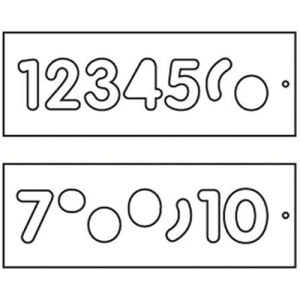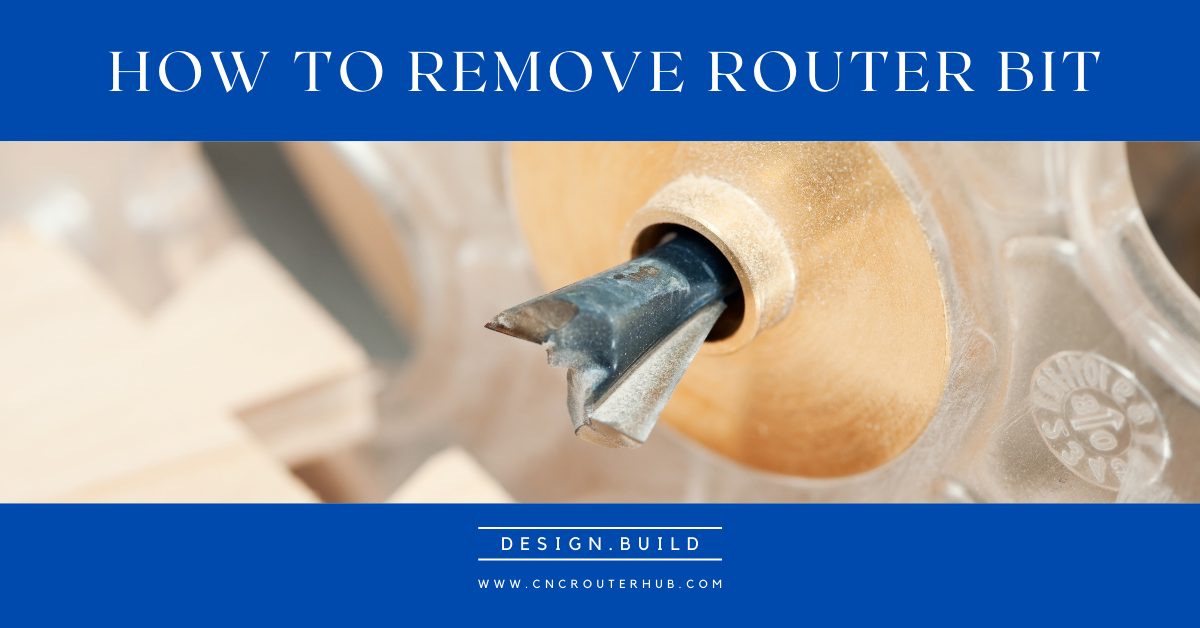Wood Routers are a vital piece of equipment in any woodworking shop. They allow you to create precise and intricate cuts with a variety of profiles and shapes. But having the right router isn’t enough. You also need to have the right router jig. A jig is a type of guide that helps you keep the router bit in the exact place you want it to be as you cut. It also helps you achieve consistent results each time you use it. There are many different types of router jigs available, each with its own unique features and benefits. Understanding the different types of router jigs and how to use them can help you get the most out of your woodworking projects.
[toc]
What is a Router Jig?
A router jig is a specialized tool that helps you guide your router bit in the exact location you want it to cut. It is typically a metal or plastic tool that attaches to your router and helps keep your router bit steady and in the exact place you need it to be. A router jig can be used to create a variety of cuts, such as straight cuts, curved cuts, and even decorative cuts.
Types of Router Jigs
There are several different types of routers jigs available. Each type has its own specific features and benefits. Here are some of the most common types of router jigs:
1. Straight Edge Jig

A straight edge jig is the most basic type of router jig. It is designed to help you create straight cuts in wood. It usually consists of a metal guide that attaches to the router base and a straight edge that is clamped to the wood you are cutting. This type of jig is great for making basic straight cuts in wood, such as dadoes and grooves.
2. Template Jig

A template jig is a more advanced type of router jig. It consists of a metal or plastic template that is attached to the router base. This template has a variety of holes and slots that you can use to guide your router bit into the wood you are cutting. It is great for creating intricate and decorative shapes in wood.
3. Router Table Jig

A router table jig is a specialized type of jig that is designed to be used with a router table. This type of jig usually consists of a frame that attaches to the router table and a set of guides that allow you to position the router bit in the exact place you want it to be. Router table jigs are great for making complicated cuts in wood, such as dovetails and mortises.
4. Edge Guide Jig

An edge guide jig is a type of jig that is designed to help you make straight cuts along the edge of a piece of wood. This type of jig usually consists of a metal guide that attaches to the router base and a set of guides that help you keep the router bit in the exact place you want it to be. Edge guide jigs are great for making precise cuts along the edge of a piece of wood.
5. Combination Jig

A combination jig is a type of jig that combines the features of several different types of jigs. This type of jig usually consists of a metal or plastic frame that attaches to the router base and a set of guides that allow you to use it for a variety of different cuts. Combination jigs are great for making a variety of different cuts in wood, including straight cuts, curved cuts, and decorative cuts.
Using Router Jigs
Now that you know the different types of router jigs available, it’s time to learn how to use them. Here are some tips for getting the most out of your router jigs:
1. Always read and follow the instructions for your router jig. This will ensure that you get the best results and that you use the jig safely.
2. Make sure that your router bit is properly secured in the router jig. This will help you get consistent results and will prevent the bit from slipping and causing an accident.
3. Make sure that the router jig is firmly attached to the router base. This will help you get the most accurate results and will prevent the jig from moving during use.
4. Use a router table if you are using a router table jig. This will help you get the most accurate and consistent results.
5. Make sure to use the correct router bit for the type of cut you are making. Different types of router bits are designed for different types of cuts, and using the wrong bit can lead to poor results.
Benefits of Using a Router Jig
Router jig offers multiple benefits in Woodworking and here are few of them.
Accuracy of Cuts
The first and most obvious benefit of using a router jig is the accuracy it provides. When using a router and a jig, you can make identical cuts repeatedly, which is essential in creating professional-looking projects. The jig also makes it easier to repeat cuts that require precision and accuracy, such as dovetails, mortises, and rabbets. With a jig, you can easily make perfect cuts with minimal adjustments required.
Speed of Operation
The second benefit of using a router jig is the speed it offers. By using a jig, you can quickly and accurately make one cut after another, without having to make any adjustments in between. This can be a huge advantage when working on a project that requires a lot of repetitive cuts. The jig also speeds up the process of creating intricate patterns and shapes, as it eliminates the need for multiple adjustments.
Safety of Work
The third benefit of using a router jig is the safety it provides. Many of the cuts made with a router can be dangerous, especially if you’re not careful. With a jig, you can make the same cuts without having to worry about the blade slipping or moving in an unexpected direction. This reduces the risk of injury as well as damage to the workpiece.
Versatility
The fourth benefit of using a router jig is the versatility it provides. With a jig, you can quickly make different types of cuts, from straight cuts to intricate patterns. The jig also allows you to easily switch between different sizes and shapes of cutters, which is great for projects that require multiple types of cuts.
Convenience of Work
The fifth benefit of using a router jig is the convenience it offers. Unlike other tools, the jig is easy to set up and use. It also doesn’t take up too much space, as it can be quickly disassembled and stored away when not in use.
Conclusion
Router jigs are an essential tool for any woodworker. Understanding the different types of router jigs and how to use them can help you get the most out of your woodworking projects. With the right router jig, you can make a variety of precise and intricate cuts with ease.






